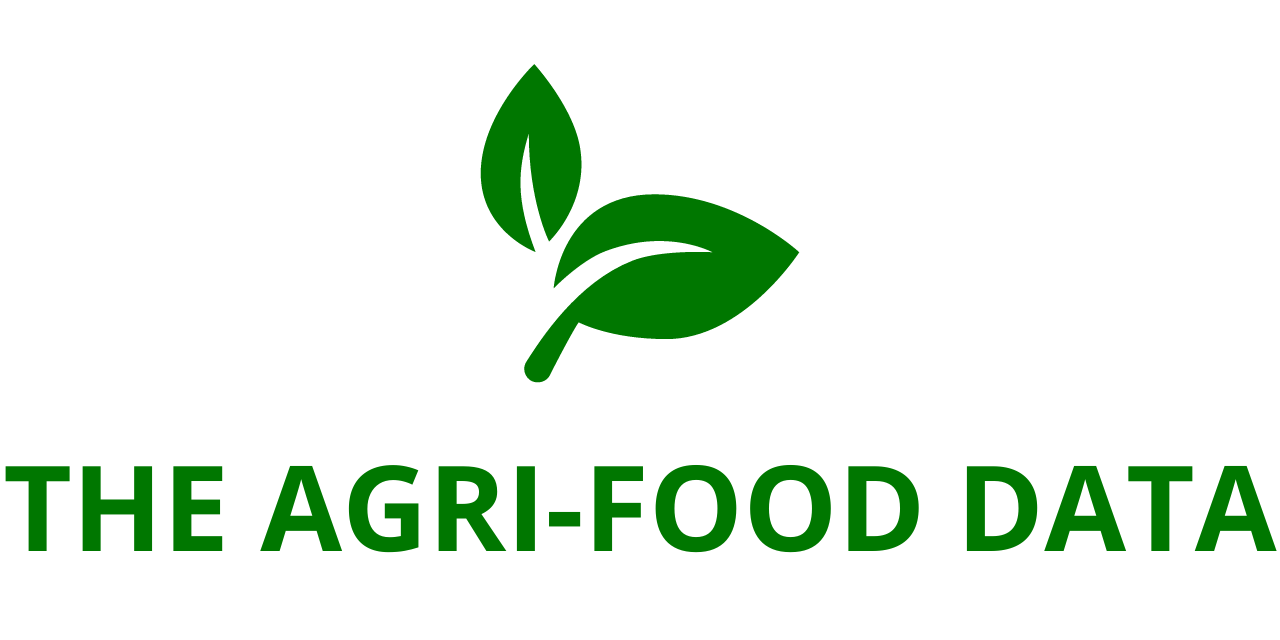
The global sugar market is on a strong growth trajectory, as detailed in the newly released report, “Sugar Market Size and Share Analysis – Growth Trends and Forecast Report 2025-2033,” now available from ResearchAndMarkets.com. According to the report, the global sugar market is projected to rise from USD 68.23 billion in 2024 to USD 121.08 billion by 2033. This represents a compound annual growth rate (CAGR) of 6.58% during the forecast period from 2025 to 2033.
The market’s expansion is being driven by a confluence of factors, including increasing consumption of processed and convenience foods, growing utilization of sugar in non-food applications such as pharmaceuticals and personal care products, and significant demand from emerging markets where urbanization and shifting consumer preferences are reshaping dietary patterns.
Rising Demand Across Diverse Industries
Sugar remains a fundamental component in the food and beverage sector. Its sweetening properties, preservation qualities, and flavor-enhancing characteristics make it indispensable in a wide range of products. In recent years, global consumption has been buoyed by the rising popularity of processed and ready-to-eat foods, particularly in rapidly urbanizing regions like Asia-Pacific and Latin America.
The surge in global beverage consumption, especially flavored drinks, soft drinks, and energy beverages, has significantly contributed to sugar demand. While rising health concerns have led to the development of sugar-free and reduced-sugar alternatives, the traditional sweet beverage market remains substantial, particularly in developing economies where consumer preferences are still leaning towards sugary options.
Moreover, sugar’s application is expanding beyond food and beverages. In the personal care and cosmetics sector, sugar is increasingly used for its natural exfoliating and moisturizing properties in skincare and haircare products. With consumers favoring products that contain natural and organic ingredients, sugar-based formulations are gaining popularity. This trend is further supported by improved accessibility through both traditional retail outlets and digital commerce platforms, helping drive sales globally.
Pharmaceutical and Health Applications
Sugar is also used in the pharmaceutical industry as an excipient in tablets, syrups, and other formulations, enhancing flavor and improving palatability, especially in pediatric and geriatric medications. As the pharmaceutical market expands, particularly in Asia-Pacific and Africa, so too does the need for sugar in drug formulations.

Additionally, the role of sugar in biotechnology and fermentation processes is gaining attention. It serves as a critical feedstock for microbial fermentation in the production of antibiotics, enzymes, and bio-based chemicals. These emerging industrial applications are expected to contribute to long-term market stability and diversification.
Market Constraints and Emerging Health Consciousness
Despite strong growth drivers, the sugar market faces a series of challenges that could impact its upward trajectory. One of the primary concerns is the growing public health awareness regarding the adverse effects of excessive sugar consumption. Numerous studies have linked high sugar intake to lifestyle-related diseases such as obesity, type 2 diabetes, and cardiovascular issues.
Governments and health organizations across the globe are actively promoting healthier eating habits. Initiatives such as sugar taxes, front-of-pack labeling, and educational campaigns are being implemented to reduce sugar consumption. These policy interventions are particularly evident in regions like Europe and North America, where regulatory scrutiny is intensifying.
Furthermore, the increasing availability and consumer preference for sugar substitutes and low-calorie sweeteners, such as stevia, aspartame, and erythritol, are creating competition. These alternatives are often marketed as healthier options, posing a challenge to traditional sugar producers.
Another concern for the industry is the volatility of raw material prices. Sugar production is heavily dependent on climatic conditions, as it primarily comes from sugarcane and sugar beet crops. Unpredictable weather events, such as droughts or floods, can significantly affect crop yields and, by extension, global supply. Geopolitical tensions and disruptions in international trade routes also add to the uncertainty, affecting prices and supply chains.
Regional Market Analysis
Asia-Pacific stands out as the leading consumer of sugar, with India and China representing the largest markets in the region. The growth in these countries is driven by rising disposable incomes, expanding middle-class populations, and increasing demand for processed foods and sweetened beverages. India, in particular, holds a dual role as both a major consumer and a leading producer of sugar, supported by favorable government policies and strong domestic demand.
In North America, the sugar market remains stable, although it is increasingly influenced by health trends and regulatory policies aimed at reducing sugar consumption. The United States continues to be a key player, balancing domestic production with significant imports. The federal government’s Farm Bill and trade agreements play a crucial role in shaping market dynamics.
Europe is experiencing a gradual shift in consumer preferences, with a growing focus on health and wellness. Countries like Germany, France, and the UK are promoting low-sugar alternatives, and the European Union’s regulations have a profound impact on production practices and labeling requirements across the continent. Nevertheless, the presence of a robust food processing industry ensures steady demand.
In Latin America, Brazil emerges as a key market not only due to strong domestic consumption but also as a dominant global exporter of sugar. The country benefits from a highly developed sugarcane industry and a well-integrated production infrastructure. As global demand grows, Brazil is expected to play an even more prominent role in meeting international needs.
The Middle East and Africa are also witnessing increasing sugar consumption. In Saudi Arabia, for example, sugar is widely used in beverages and confectionery. However, the government’s proactive stance on public health, including initiatives to reduce sugar intake, is influencing market trends. Nonetheless, urbanization and population growth continue to drive demand in the region.






